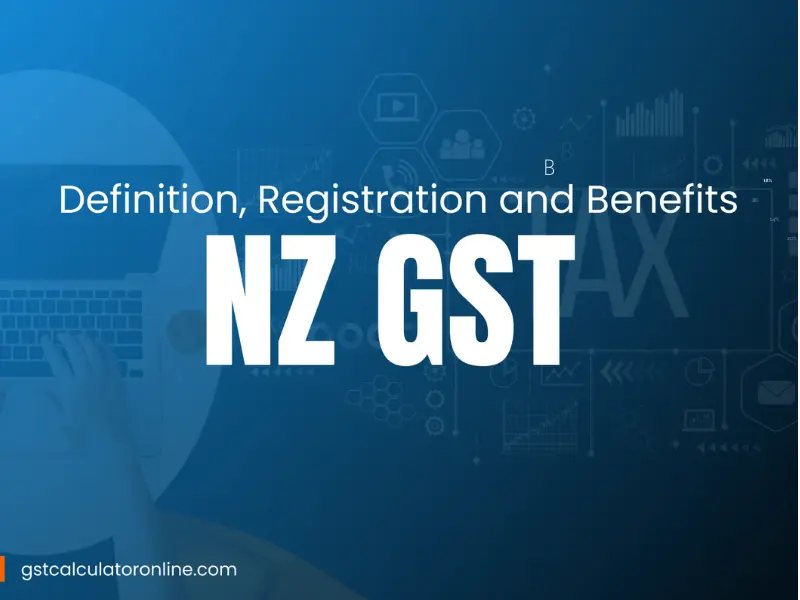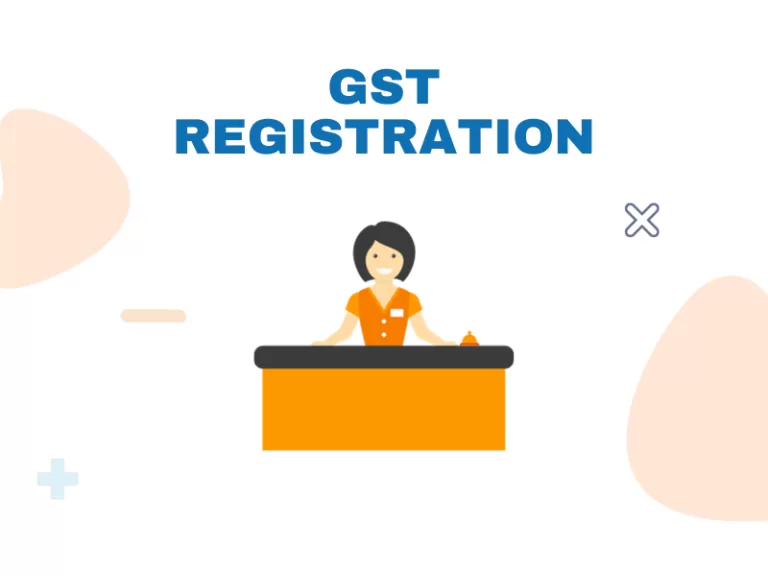NZ GST: Definition, Calculation, & how it’s works

No doubt you’ve heard of GST – the Goods and Services Tax. But what is it all about? How much do you need to pay? What can and can’t be claimed as an expense for GST purposes? We aim to address these questions and more so you can get your head around one of the key taxation concepts in New Zealand. Read on to learn more about GST, from how it works, why we have it in NZ, its implications for small businesses, tips on filing your taxes with confidence—plus real-life examples along the way!
What is GST?
The GST Act is the governing legislation that outlines the requirements and procedures surrounding the administration and collection of GST in New Zealand. Introduced in 1986, the New Zealand GST is a value-added tax (VAT) system, designed to distribute tax liabilities more equitably across the economy. The VAT-style GST eliminated cascading taxes, reducing complexities and promoting transparency in the taxation process for businesses and consumers alike. Visit Inland Revenue Department for more GST information.
How NZ GST Works
New Zealand GST follows a value-added taxation model, applied at each stage of the production and distribution process. Businesses are required to charge and collect GST from their customers and pay it to the government, while simultaneously claiming back the GST they’ve paid on their business expenses.

To do this, businesses must first complete GST registration. Generally, registration is necessary for businesses with an annual turnover exceeding NZD 60,000. However, voluntary registration for businesses with a lower turnover is possible.
After you’re registered, your business becomes a “GST collector,” responsible for charging, accounting, and remitting GST on taxable supplies. Taxable supplies typically include goods and services, with a few exemptions like financial services, donated goods and services, and residential rent.
Read more about:
Crunching the Numbers: GST Calculation and Rate
To calculate GST, one must use the prevailing rate (15%). There are two main methods: GST after tax and GST before tax. Utilizing an NZ GST calculator can help simplify the process.
Understanding these basic calculations can assist taxpayers in ensuring accuracy when computing their GST liabilities.
Further explore:
GST Return and Claiming Back Input Tax Credits
Upon registering for GST, periodic GST returns must be filed. These returns, which account for all GST collected, and any GST paid out, enable the government to track the transaction chain and the tax payable to the respective businesses. Proper filing of GST returns also allows taxpayers to claim back input tax credits, reducing their overall tax liability.
Key elements of the GST returns process you should be aware of:
Read more about:
Accounting for GST
Businesses must maintain comprehensive records and accounts to comply with GST requirements, including sales, purchases, expenses, GST collected, and GST claimed. There are two methods for GST accounting used by businesses in New Zealand – invoice basis and payment basis. Most registered businesses with an annual turnover of NZ$5 million or less can choose the method that suits their business best.
GST for Small Businesses and Sole Traders
For small business owners or sole traders, it is vital to understand how to manage GST effectively. This includes being aware of the threshold for registration, knowing how to claim back GST paid on purchases, and filing timely returns. Staying on top of these responsibilities helps ensure compliance and avoid penalties.
The GST Future
Evolving to meet modern business models and global trends, New Zealand’s GST system has undergone several changes since its inception. For instance, the recent addition of a low-value imported goods rule, requiring overseas businesses to charge GST on some imports of goods valued at NZD 1,000.
FAQ
Conclusion
The goods and Services Tax (GST) system in New Zealand, robust and evolving, is a critical component for businesses of all scales. Effective management—understanding the registration thresholds, claiming back GST paid, and maintaining up-to-date records—fosters not only compliance but also financial proficiency. With the government’s efforts to adapt and update the GST system to cater to modern business models and global trends, small businesses and sole traders are empowered to operate more efficiently and effectively. By understanding and leveraging the GST system, businesses can optimize their financial management and contribute positively to New Zealand’s thriving economic landscape.


